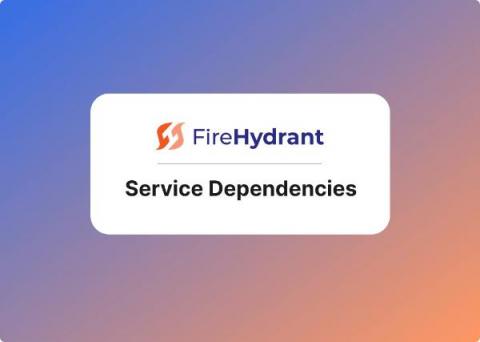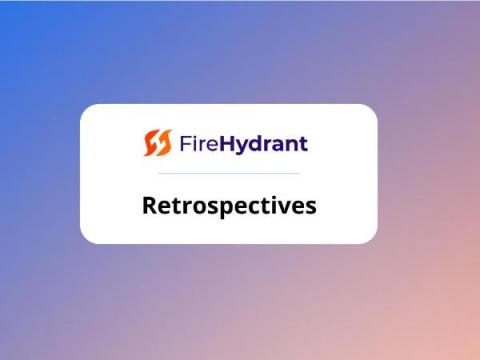Get more from your Jira integration with custom field support
When FireHydrant originally launched our Jira Cloud and Jira Server integrations, we did not support custom fields. This prevented customers who rely on Jira epic ticket types or other custom required fields from getting full value from our Jira integrations. That has changed with the launch of Jira custom field support. We now support the most common type of Jira epic tickets and field-level mapping of Jira custom fields with FireHydrant incident data.






